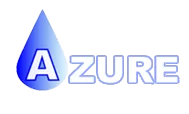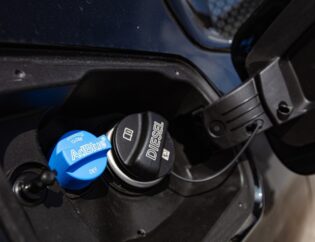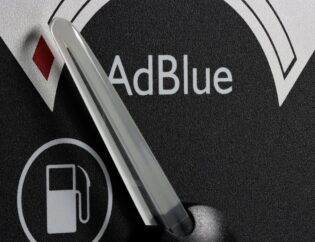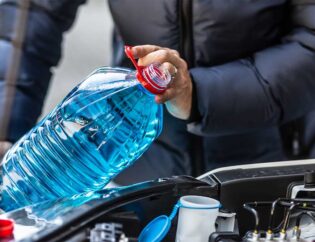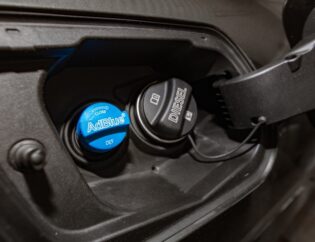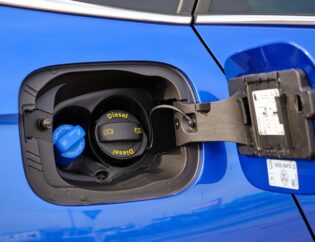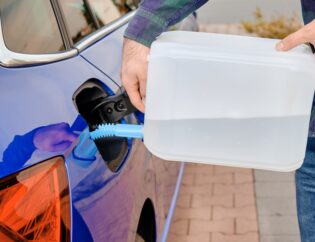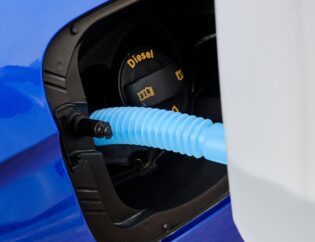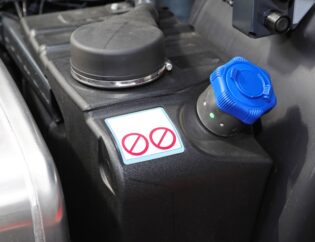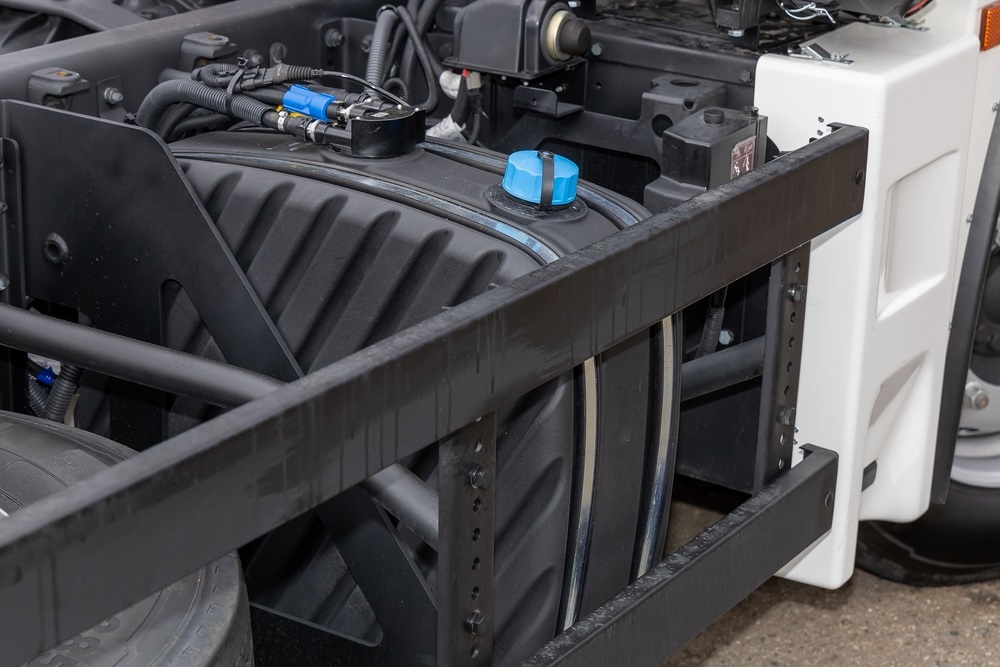
DEF is injected into the exhaust stream and works with selective catalytic reduction (SCR) systems to convert NOx into nitrogen gas and water vapor. This helps diesel vehicles meet stringent emissions regulations for clean air.
DEF is a precisely mixed aqueous urea solution with 32.5% high-purity urea and 67.5% deionized water. When injected into the exhaust, the DEF breaks into ammonia, reacts with the NOx emissions, and neutralizes them into harmless byproducts. DEF and SCR systems can eliminate up to 90% of NOx emissions from diesel exhaust.
DEF first came into use in the mid-2000s as diesel engine manufacturers were developing SCR systems to comply with tightening emissions regulations, especially for on-road vehicles. While voluntarily used, DEF eventually became mandatory as emissions standards evolved. Today, DEF is required for most new diesel vehicles and engines and we’re going to explore why in this article by Azure chemical.
Contents
History of Emission Regulations
Emission regulations for vehicles and engines have become increasingly strict over the past few decades.
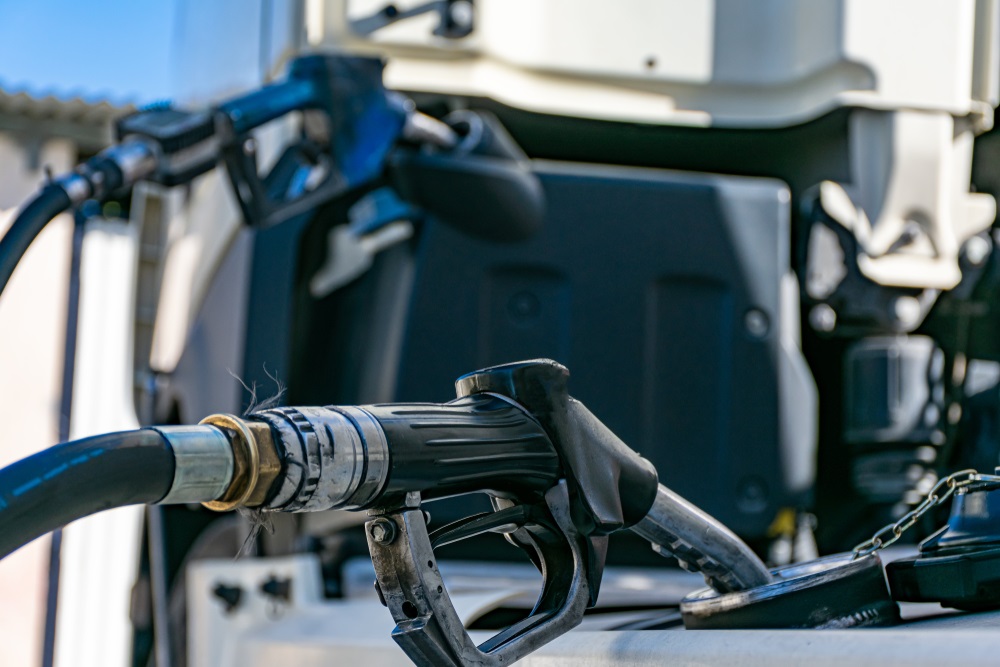
This push for lower emissions began with the passage of the Clean Air Act in 1970, which required the newly formed EPA to set limits on air pollutants from stationary and mobile sources. This led to the development of emissions standards for hydrocarbons, nitrogen oxides (NOx), carbon monoxide (C.O.), and particulate matter (PM) from light-duty vehicles starting in the 1970s.
These standards were tightened over time, with Tier 0 standards in 1994 followed by the much stricter Tier 1 standards in 2004—additional regulations like the Heavy-Duty Highway Rule in 2001 limited emissions from diesel trucks and buses. Throughout the 1990s and 2000s, the EPA and CARB (California Air Resources Board) introduced a series of increasingly strict emissions standards to regulate NOx, PM, and other pollutants from heavy-duty on-road and nonroad engines.
These regulations pressured engine and vehicle manufacturers to develop new technologies for reducing emissions. One key emerging technology was selective catalytic reduction (SCR) systems using diesel exhaust fluid (DEF). Although not initially mandated, using SCR and DEF became important for meeting the EPA’s tightening emissions requirements over time.
Adoption of SCR Systems
Selective catalytic reduction (SCR) is an emissions control technology that uses diesel exhaust fluid (DEF) to reduce nitrogen oxide (NOx) emissions from diesel engines. SCR systems inject DEF, a urea-based solution, into the exhaust stream.

The DEF breaks down into ammonia and reacts with the NOx emissions over a catalyst, converting the NOx into harmless nitrogen gas and water vapor.
SCR technology was developed in Japan in the 1990s and was first used in stationary diesel engines. It proved to be very effective at reducing NOx emissions from diesel vehicles. NOx contributes to smog and can cause respiratory problems in humans. Reducing NOx emissions became a priority as emissions regulations tightened in the 2000s.
Heavy-duty diesel truck and bus manufacturers started adopting SCR systems paired with DEF around 2005. Light-duty diesel passenger vehicles also started using SCR-DEF systems in the late 2000s. SCR provided an efficient method to meet new NOx emissions regulations for diesel vehicles without sacrificing performance or fuel economy. DEF allowed the engine to run at a higher NOx level, with the SCR system cleaning up the excess NOx in the exhaust system. This granted more efficiency than reducing NOx solely through engine calibration.
Diesel Exhaust Fluid (DEF) is an emissions control liquid used in diesel engines in the early 2000s. DEF helps lower the levels of harmful nitrogen oxide (NOx) emissions from diesel vehicles’ exhaust.
The technology behind DEF has been in development since the 1990s. Researchers were looking for ways to meet stricter diesel emissions regulations implemented around that time. They found that injecting a urea-based solution into the exhaust stream could significantly reduce NOx emissions from diesel vehicles.
After successfully testing the technology on trucks in Europe, diesel vehicle manufacturers started introducing DEF systems on newer engine models in the early 2000s. These open-loop systems allowed DEF fluid to be sprayed in the exhaust stream. The first passenger vehicles with DEF systems were introduced around 2005.
The uptake of DEF was voluntary in the beginning, as there were no regulations in the U.S. mandating its use at first. However, by the late 2000s, most major diesel engine manufacturers were equipping their vehicles with DEF systems. This paved the way for DEF to become integral to meeting newer diesel emissions standards.
Voluntary Use of DEF
Diesel Exhaust Fluid (DEF) has been around for decades, but in the early 2000s, major manufacturers started using it in their vehicles voluntarily. DEF helps reduce NOx emissions from diesel engines by converting them into safer nitrogen and water vapor.
As emission regulations started getting stricter in the 1990s and 2000s, manufacturers sought ways to meet the new standards. One method was adopting Selective Catalytic Reduction (SCR) systems and pairing them with DEF. SCR uses DEF to aid in converting NOx emissions into harmless byproducts.
In 2002, MAN rolled out trucks with SCR systems and DEF tanks. By 2005, Mercedes, Volkswagen, and Audi started introducing passenger vehicles in Europe that also utilized SCR and DEF. Adoption was initially slow but accelerated as more manufacturers saw SCR systems as a viable solution for meeting emission regulations.
By the late 2000s, major truck and engine manufacturers like Cummins, Navistar, Volvo, Mack, and Detroit Diesel had introduced SCR technology and DEF. Adoption rates steadily climbed as more fleets and owner-operators saw the benefits of DEF and SCR for reducing emissions while maintaining engine performance.
Manufacturers’ voluntary adoption of DEF and SCR paved the way for further regulations mandating its use. While not yet required, DEF proved an effective way for diesel vehicles to meet tightening emission standards in the 2000s. This voluntary adoption phase was crucial for the technology to mature and become more widespread.
EPA Regulations Mandating DEF
The U.S. Environmental Protection Agency (EPA) issued new emissions regulations in 2010 that required diesel exhaust fluid (DEF) in diesel engines. These regulations, known as Nonroad Tier 4, apply to diesel engines used in off-highway applications such as construction, agriculture, and industrial sites.
The Tier 4 regulations mandated using advanced emissions control technologies, including selective catalytic reduction (SCR) systems that require DEF to function. SCR systems reduce the amount of nitrogen oxide (NOx) emissions from diesel exhaust by converting NOx into nitrogen and water vapor. This significantly lowers the NOx emissions compared to previous tier standards.
Specifically, the Tier 4 regulations required a 90% reduction in particulate matter (PM) and a 50% reduction in NOx from previous Tier 3 levels. Such dramatic reductions were only possible through SCR systems and DEF.
The EPA phased in the Tier 4 regulations over several years, spanning 2008 to 2015. All new diesel engines used in mobile and stationary nonroad applications must comply with the regulations and use DEF as of January 1, 2015. This EPA mandate drove widespread adoption of DEF in the heavy equipment and trucking industries.
DEF Mandated for On-Road Vehicles
When did DEF become mandatory? The Environmental Protection Agency (EPA) mandated using diesel exhaust fluid (DEF) for on-road heavy-duty vehicles in steps starting in 2010.
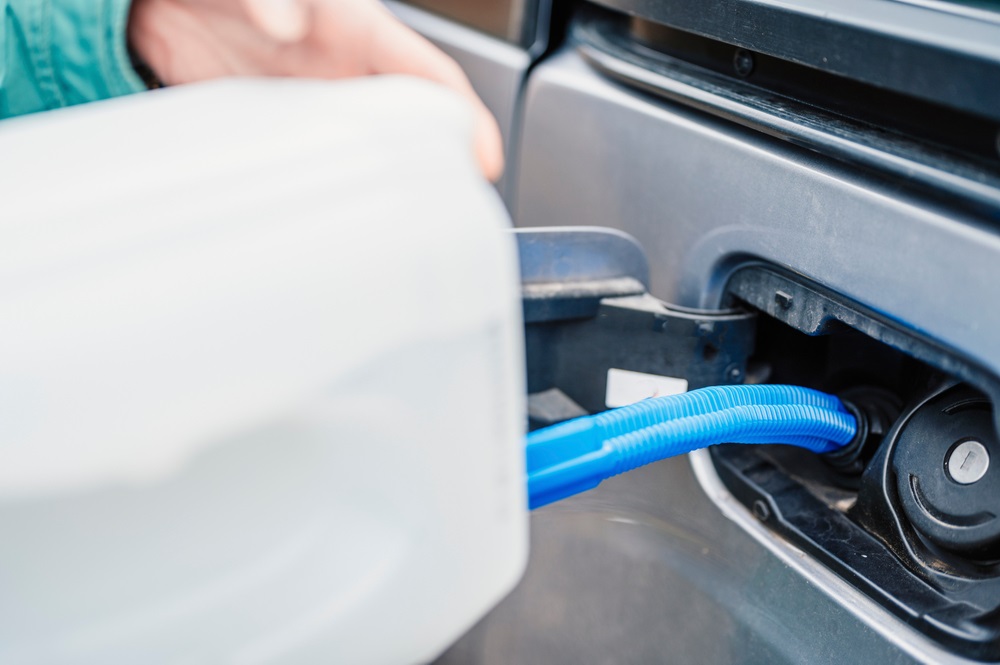
In January 2010, DEF became required for new on-road heavy-duty vehicle engines, specifically new heavy-duty highway compression-ignition engines. This initial mandate applied to engine model year 2010 and newer heavy-duty highway engines.
The EPA mandated DEF systems be installed on all new on-road heavy-duty vehicles phased in over time:
- 2010: Mandatory for new heavy-duty highway engines
- 2013: Mandatory for new heavy-duty vocational vehicles
- 2015: Mandatory for all new diesel trucks and buses
By model year 2015, all new on-road heavy-duty vehicles were required to have DEF systems installed, including heavy-duty pickup trucks and vans, vocational trucks, buses, and combination tractors.
This phased regulatory approach by the EPA provided vehicle and engine manufacturers sufficient time to develop, test, manufacture, and implement the new technology. It also allowed the DEF infrastructure and supply chain to mature before the mandate was applied to all new on-road heavy-duty diesel vehicles by 2015.
DEF Mandated for Nonroad Vehicles
The EPA began implementing regulations requiring DEF for nonroad vehicles in 2008. This included vehicles like agricultural, construction, and mining equipment with diesel engines.
The regulations were phased in over several years based on the type of equipment and engine size:
- In 2008, DEF became required for all new diesel engines with engine sizes over 750 horsepower used in agricultural equipment.
- In 2011, the regulations expanded to include mining equipment with engine sizes between 175-750 horsepower.
- In 2013, construction equipment with engines from 175-750 horsepower had to start using DEF.
- By 2015, all new nonroad diesel engines must utilize DEF, regardless of equipment type or engine size.
The phased-in approach allowed manufacturers time to update their equipment designs and engine calibrations to be compatible with DEF. It also gave nonroad vehicle owners and operators several years to prepare for using DEF as part of their maintenance routines before it became an EPA mandate across all new engines.
The transition to DEF for off-road vehicles took seven years, from the initial 2008 regulations to the 2015 deadline requiring DEF across all new diesel nonroad engines. This staged adoption helped ease the industry into using the new technology.
Adoption Rates of DEF
Diesel Exhaust Fluid (DEF) usage has steadily increased since becoming mandated by the EPA.

Here are some statistics on DEF adoption rates:
- In 2010, when DEF first became required for new on-road heavy-duty diesel vehicles, adoption was estimated at just 5-10% of the vehicle fleet.
- By 2014, the market penetration of DEF had reached around 65% for on-road vehicles.
- By 2016, DEF adoption rates exceeded 85% for heavy-duty trucks.
- For nonroad applications, adoption has been slower but is catching up. In 2018, DEF usage in the construction equipment fleet was estimated at 50%.
- Industry experts predict DEF will reach full adoption of nearly 100% in the next five years as older vehicles retire.
- Total DEF consumption has risen dramatically as well. In 2016, annual DEF usage was around 2.8 billion gallons. By 2022, usage is forecast to exceed 4 billion gallons per year.
- The widespread adoption of DEF systems highlights their importance in reducing NOx emissions and meeting EPA regulations for clean diesel vehicles.
Frequently Asked Questions
What Is Diesel Exhaust Fluid (DEF)?
DEF is a non-hazardous solution consisting of 67.5% deionized water and 32.5% urea. It’s used in SCR systems to reduce NOx emissions in diesel engines, converting NOx into nitrogen and water vapor.
Why Was DEF Usage Made Mandatory?
The mandatory use of DEF was part of broader regulations aimed at reducing the environmental and health impacts of diesel emissions, particularly NOx, which contributes to air pollution and respiratory problems.
How Does DEF Work?
In SCR-equipped vehicles, DEF is injected into the exhaust stream. It breaks down NOx emissions into harmless nitrogen and water vapor through a chemical reaction, significantly reducing the levels of NOx released into the atmosphere.
Are There Exceptions to the DEF Requirement?
The requirement for DEF applies to new diesel engines and vehicles manufactured after the implementation of the 2010 EPA standards. Older vehicles and engines are not retroactively required to use DEF but are subject to the emissions standards in place at their time of manufacture.
In Conclusion
Diesel Exhaust Fluid (DEF) will continue to play a critical role in reducing emissions from diesel engines into the future. DEF will become even more important as emissions regulations get stricter over time.
DEF helps diesel vehicles meet strict NOx emissions limits. DEF breaks down NOx into harmless nitrogen and water vapor when injected into the exhaust stream. This SCR technology has proven highly effective at reducing NOx from diesel exhaust.
New diesel engines are designed and calibrated to use DEF as part of their emissions control systems. Meeting future emissions targets without DEF would require engine redesigns and increased costs. DEF is a more practical and cost-effective way to meet stricter emissions standards.
Most experts predict DEF will remain an essential component of diesel emissions systems for the foreseeable future. No signs of more effective alternative NOx reduction technologies are on the horizon yet. Unless a breakthrough occurs, DEF appears set to play a key role in diesel engines for years or decades to come.
The use of DEF is also likely to expand further. More on-road heavy-duty vehicle segments, nonroad diesel categories, and geographic regions worldwide are implementing DEF requirements over time. This trend will continue as more jurisdictions regulate diesel NOx emissions.
In summary, Diesel Exhaust Fluid is an established emissions reduction technology that will remain critical for meeting future diesel NOx standards. DEF enables modern, clean diesel technology and is the primary tool for reducing NOx emissions today and into the future.
